Scientific Poster Podcasts
(Note: I originally wrote this article in September 2006. For this post, I made a few minor very minor updates. I think since this writing, some conferences are moving in this direction. Comment below about your experiences and thoughts on this.)
One person recently commented to me, “Often times, I look at a poster for 5 minutes and am unsure of the important points, but when I hear just a few minutes from the scientist I find the work so much easier to understand”.
If you read my previous post you already know that I think the landscape for scientific poster presentation is changing. This post will describe more details of my vision, but first you’ll need to allow me a digression.
Up to this point, my writing suggests that poster podcasts are in addition to the poster itself. However, what I didn’t specifically mention is that I believe the form of the actual poster may be changing as well. With the ability to easily create posters electronically, the visual form is likely (and should change) as well.
With a static “linear” printed poster, we present data visually so it can meet the needs of both general and advanced users. However, using a printed, linear format, makes it difficult to meet both groups effectively and often is the reason why posters become overcrowded with text and details. I often hear “We can’t leave that out, because someone might ask”.
As an alternative posters could become purely electronic or “e-posters” if you will. Yes, I know e-posters exist, but right now e-posters are usually just PDFs of the printed poster. But what if we created them in a form that took advantage of web linking, audio and video files? In this linked form, users could collapse or expand the details and navigate through the poster in the manner that works the best for them. What if you could easily project the overall image and simply by touching different sections of the poster it would drill down the next level of detail. This would certainly allow interested parties to first view a more simplified version of the work and allow each viewer to choose to view only the details that are important to them. Now image being able to click to hear the voice of the scientist when you click on the section of interest–that is without the scientist actually being physically there.
Of course, we aren’t quite there with the technology—yet. But we certainly can do more than we currently do.
Today, posters are typically supported by the voice of the creator during the conference (at least for a limited period of time). Like the person in the quote above, I think most would agree that hearing the work in conversational form directly from the scientist would make the work easier to understand.
My vision is that the poster podcast provides the science directly from the scientist in audio/visual form. To be very clear, I am not suggesting that the podcast replace in-person discussions. I view them as a supplement and means to provide the “conversation” when the scientist isn’t available –that is to provide the audio/video in a time-shifted manner so interested parties can hear the the stories behind the science directly from the scientists via the poster podcast. After all, it the story of the scientific process that is so interesting. Poster podcasts make the work more interesting and gives the scientist a way of sharing his passion for the work using his own voice.
As I said in the previous post, for little or no money, it is possible to create a podcast of your work. You could then submit this podcast, along with a PDF of the poster, to the conference organizers for consolidation. Using existing audio search engines, like Alta Vista (remember them?), conference attendees could search the audio files (and of course, the keyword tags associated with the files) along with the text abstracts to determine which posters were of the most interest to them. Because of the detail provided in the audio content, this searchable audio would allow for better, more refined searching. In the current environment, you need to rely on the abstract to include the specific related keywords.
So, once the podcasts are electronically consolidated into a searchable database, the next step is to provide an easy method to listen to this audio. Right now, this type of technology is available (think art museum tours or walking tours in cities). You can visit the art museum and they will give you a portable devise that you simply put the number of painting in and the audio tells you about the painting. You get to go at your own pace, you can pause, go back, and skip ahead. Nice. Why not do this for scientific posters? You can go to the independence area in Philadelphia (and many areas of interest in other cities) and use your i-pod to download MP3 audio walking tours or you can even use your cell phone to listen to the tour.
Again, why don’t we utilize this same types of technology for listening to scientific poster podcasts? This would enable anyone to listen at any time before, during, or after the conference and alleviate conference overload. It would help participants to focus and plan their interactions during the live poster sessions. With the near ubiquity of iPods and other portable MP3 players, the platform is already out there, in our bags, our coat pockets, on our belts.
To be very clear, I am not suggesting that the poster podcasts should replace the human-to-human interaction and discussion. What I am suggesting is that it would help to creator of posters to be able to spend more time with those that would benefit the most from in-person conversation about the work. Nothing can replace human interaction.
I am simply suggesting podcasts (like websites did not so many years ago) will provide yet another avenue of communication about your science. And, it is important to communicate your message through as many routes as possible, after all, the communication of your science to a broad audience should be your goal.
As evidence, a study showed that medical articles reported in The New England Journal of Medicine and then reported in The New York Times receive about 73 percent more citations in medical reports than do articles not reported in The New York Times (cited in Whiteman, Scientists Need Plain Language). Of course, if the work makes it to the New York Times, it probably means the work is significant to begin with.
Speaking of the importance of human interaction, why not use portable technology (you can get a reasonably high quality set-up for less than $100) to capture the interesting conversations you have during the conference itself. Maybe you can even interview someone who’s work is related.
After the conference, or even during the conference, post both the recorded conversations and the previously prepared podcasts to your own blog, the conference blog and any other appropriate location on the web including e-galleries and podcast aggregators like Apple I-Tunes. Again, the last and perhaps most important step in science is communication of the science. You want to be sure that people interested in your very specific topic will be able to find your science this way. Of course, you’ll might need to be careful with what and when you publish to the internet and how decide exactly how public it can be.
I look forward to LISTENING to your next poster presentation. Oh, and if you are inspired by this post and create your poster podcast, be sure to post a link to the podcast. I am hoping some of the work will inspire others to do the same thing.
Note: Again, keep in mind I originally wrote this article in September of 2006. Some progress has been made, but we still have a long way to go.
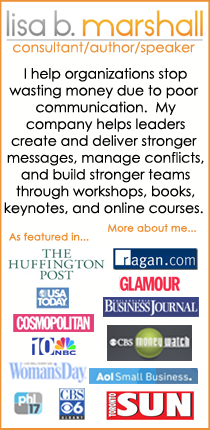




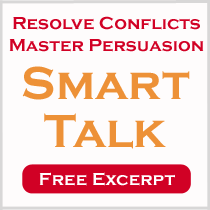
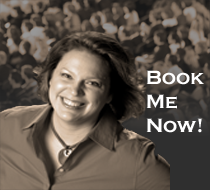
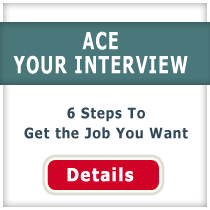
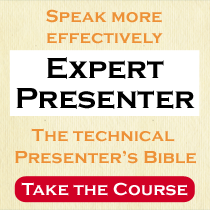


There are 3 comments .